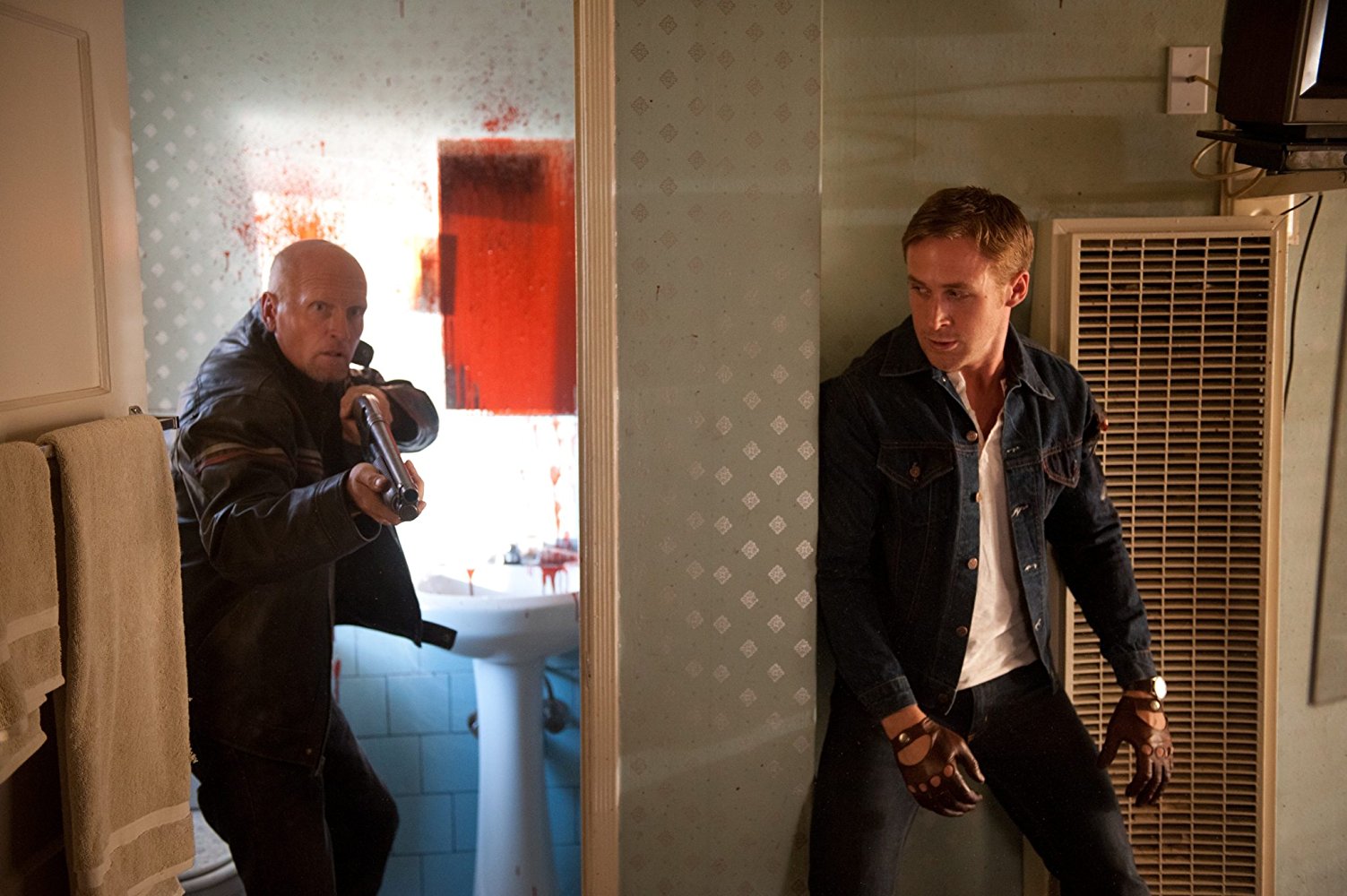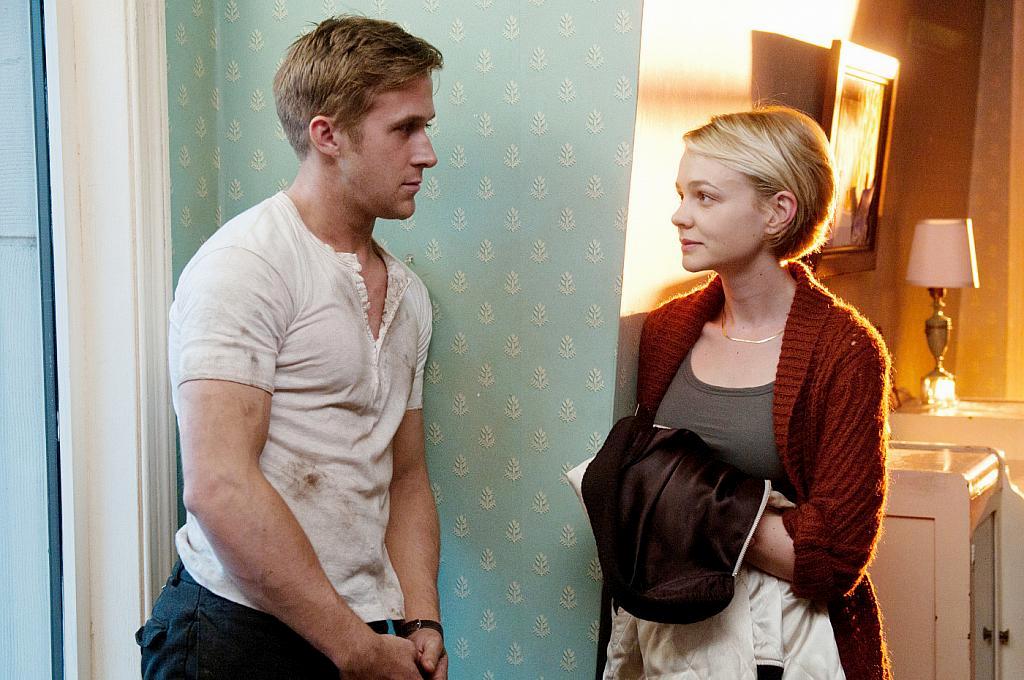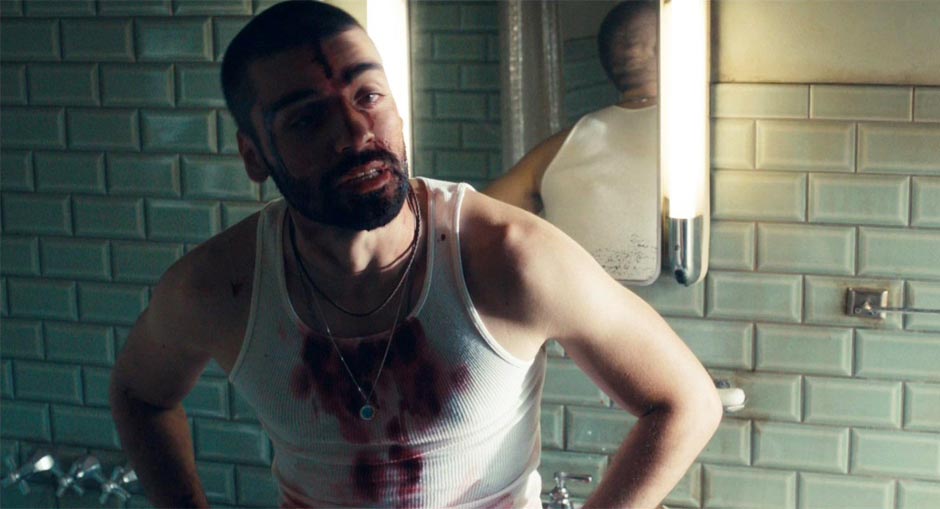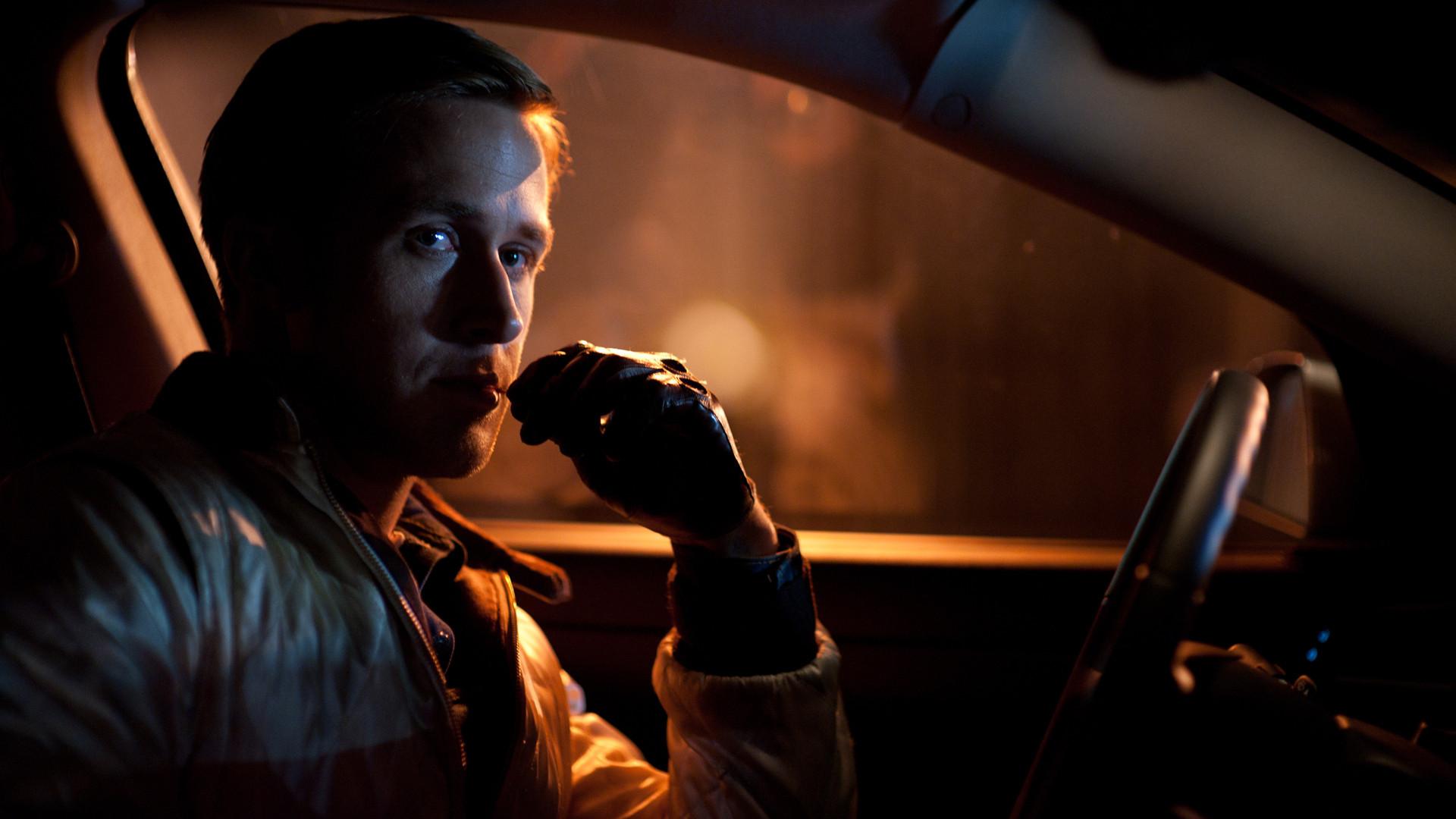5. Driver as a heroic figure

Each great culture is based on the notion of a hero, as Bruno Ganz’s character emphasizes in the film “The Counselor”. For the Jews, King David and Moses are heroes; for the Greeks, among numerous others, Achilles (although an anti-hero) and Odysseus. In every culture, heroes are semi-gods, who are models of a man who should be looked upon as an examples of heroism and virtue. Modern examples of heroism can be found in every nation (in the less modernized ones it is possibly a more common phenomenon), it is not just an ancient mode of living.
The Driver is much like Odysseus, whose name comes from the Greek verb odussomai which implies the infliction of pain and suffering of it. The Driver, like Odysseus, does not hesitate to inflict pain on others if that is necessary and in the scenes in which he is hurt, we can see that he can suffer pain as well. He says to the girl who betrayed him: “From now on, every word out of your mouth is the truth. Or I’m gonna hurt you.”
When the Driver calls his enemy about the money, he holds a hammer in his hand and it shakes. It seems that he has suffered deeply in the past and fears for Irene’s safety; we can imagine Odysseus feeling the same about his wife Penelope while he was traveling home. At the end when the Driver goes to deal with his enemies, he is masked, like Odysseus who came to Ithaca disguised as a beggar and murdered the men who tried to win his wife over; Odysseus made no fine moral judgments with regards to his wife’s suitors.
6. Exquisite portrayal of agape love

Agape love, which implies care, selfless love and sacrifice, is commonly associated with Christian culture; it is elaborated upon in the work of Aquinas, but it is interesting that it was praised by an atheist thinker – Schopenhauer. He thought that the suffering of living beings can be eased by means of agape love.
Agape love is not an emotion, and has nothing to do with erotic love, it is a virtue. In order to be capable of such love, one has to be powerful enough so his or her sacrifices mean something and truly can benefit the loved person. The Driver most certainly is powerful enough, as it is shown in the movie.
We can see plainly that the Driver loves Irene and her son in such a way. He is ready to make any sacrifices necessary (even give his life) for their safety and to protect them from harm; he genuinely cares for them. Shannon tells him: “A lot of guys mess around with married women, but you’re the only one I know who robs a joint just to pay back the husband. Crazy”.
Shannon simply cannot understand the power and meaning of agape love. Bernie tells the Driver in the end: “You give me the money, the girl is safe. Forever, nobody knows about her. She’s off the map. I can’t offer you the same… Any dreams you have, or plans, or hopes for the future… I think you’re going to have to put that on hold. For the rest of your life, you’re going to be looking over your shoulder.” The Driver accepts that.
What seems problematic is that in the end the Driver succumbs to desire when he suggests to Irene they run away together with the money. Irene slaps him and shows her strength of character and loyalty to her husband. To correct his wrongs, the Driver leaves the money as a symbol of his moral strength.
7. Harmonic chaos

The music in the film reminds of divine harmony and gives the chaotic violence in the film beauty, a sense of joy and a life-affirming element. Accompanied by natural light, its aesthetics is one of the movie’s greatest achievements, alongside intriguing narration.
The film reminds of Richard Strauss’ piece “Also Sprach Zarathustra”, but also of music of Arnold Schönberg in the moments when chaotic and unrestrained violence commences. The leitmotif of the film is the song “Nightcall” by Kavinsky.
It is truly powerful, with a theme that perfectly matches the tone of “Drive”; it is both raw and beautiful. The lyrics read “I want to drive you through the night down the hills.” The Driver’s deepest desire is to just drive with Irene into the night and vanish into the sweetness of erotic velocity.
The presentation of agape love can be juxtaposed to the harmonic element of the film; unrestrained violence is a chaotic element. The mixture of the two makes the movie astonishing to watch, and accompanied by magnificent visuals and music – the result is spellbinding.
8. Running time

Roger Ebert once wrote: “No good movie is too long and no bad movie is short enough.” On the other hand, we can state that it is virtuosity on the part of the director to present a magnificent film in a relatively short running time. Drive is 1 hour 40 minutes long and Refn manages to put everything together perfectly within its running time. “Aguirre, the Wrath of God”, one of the greatest arthouse films ever made, is 1 hour 35 minutes long and we can speculate that if it were longer – it simply wouldn’t work as well as it does.
Béla Tarr’s slow cinema takes an entirely different approach, and there is nothing wrong with that. Diversity is the greatest virtue of world cinema and should be praised and honored. On the other hand, Luis Buñuel’s first film “Un Chien Andalou” is a masterpiece that runs for 21 minutes. Great restraint and creativity is needed to make such a film, and possibly, this is one of the many virtues of “Drive” that points to its greatness.
Author Bio: Hrvoje Galich is a student of political science and writes expressionist poetry. He believes that Tristan und Isolde is the most beautiful artistic piece in the history of man. He loves movies by Andrei Tarkovsky, Michelangelo Antonioni, Ingmar Bergman and Shohei Imamura. He adores his cat “Meow”, the only cat in the world that can say her name. You can visit his personal website here.